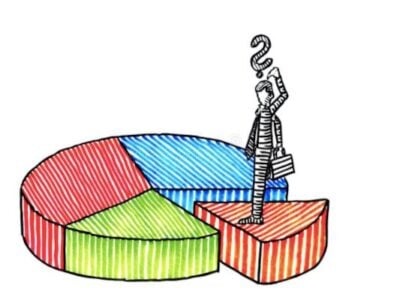
COVID-19 pandemic hits IoT market – report
While the IoT will be integral to the long-term recovery plans of the post-COVID-19 economy worldwide, says the firm, some facets of the IoT itself will be negatively impacted in the short term. Among the hardest hit IoT applications so far are fleet management, heavy transport vehicles/equipment, fixed assets, and digital signage.
“COVID-19’s impact on the IoT is three-fold,” says Jamie Moss, Research Director for M2M, IoT, and IOE. “Some applications will experience a decline in shipments during 2020, ergo a reduction in the expected growth rate to their installed base. Yet, with no intrinsic change to their desirability and utility, they will return to expected growth in subsequent years. Some will experience a temporary stall in 2020 that will be compensated by increased activity immediately after, to bring things installed base expectations back into line. While others will experience fundamental shifts in demand, both positive and negative, for years to come as consumer and enterprise priorities shift in the light of COVID-19.”
In aggregate, and after the effect of replacement rates on shipments are taken into consideration, the firm expects there to be an 18% drop in the net addition of IoT devices in 2020. This equates to the loss of 66 million potential Wide Area Network (WAN) connections over previous forecasts.
Proportionally, says the firm, the most heavily impacted markets will be fleet and other heavy vehicles/equipment, since these are expensive assets that enterprises are buying less of in the interests of cost control. Fixed assets, digital signage, and kiosks also face huge impacts, as they are driven by an entertainment and retail sector that has been effectively put on hold by the massive reduction in personal mobility and footfall, and increased emphasis on online shopping.
In the consumer space, passenger vehicle and connected car markets are suffering considerably as people stay in place. On the other hand, says the firm, with consumers spending more time at home, improving the function and comfort of that environment is expected to boost smart home revenues.
For the enterprise, while utility metering initiatives face delays as home visits are temporarily prohibited, they are expected to bounce back fast. At the same time, asset tracking, inventory management, and condition-based monitoring are all set for greater long-term investment to build better businesses that allow people to do more with less and to reliably run things remotely.
“At ABI Research,” says Moss, “we analyze 32 IoT applications – that’s 32 different types of connected device embedded in the fabric of the world around us. Each provides information on where things are, what their status is, and what actions we must take. To be forewarned is to be forearmed and the mass use of Microcontroller Unit (MCU)-based Low Power Wide Area (LPWA) sensors can help us make a safer world, where we can quickly respond to threats. The IoT is a market that grows naturally as and when it right for it to do so, to deliver planned results. And the need for guaranteed outcomes has never been more acute than now.”
For more, see the report: “Assessing the Impact of COVID-19 on the IoT Market.”
Related articles:
COVID-19 white paper looks at impact on key technologies, end markets
5G to accelerate IIoT in wake of pandemic – report
COVID-19 to accelerate business digital transformation – report
5 IoT predictions for 2020
 If you enjoyed this article, you will like the following ones: don't miss them by subscribing to :
eeNews on Google News
If you enjoyed this article, you will like the following ones: don't miss them by subscribing to :
eeNews on Google News




